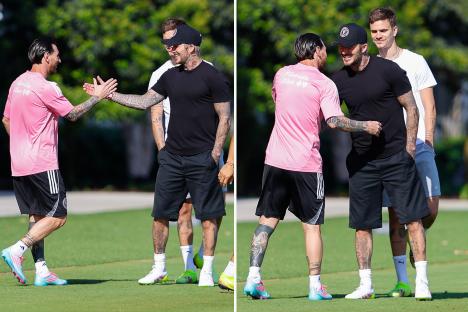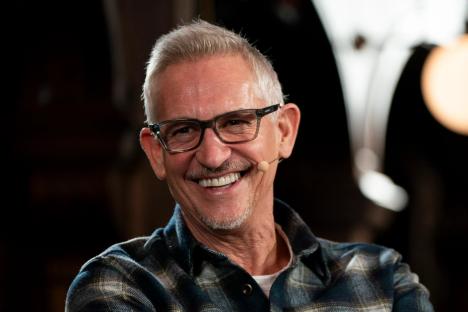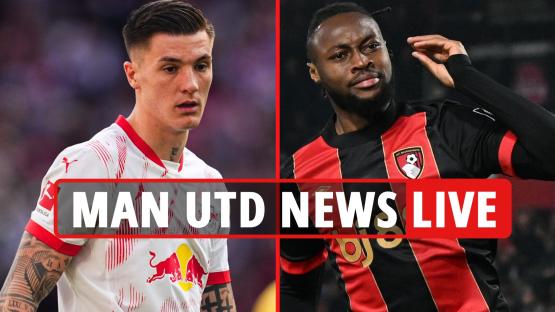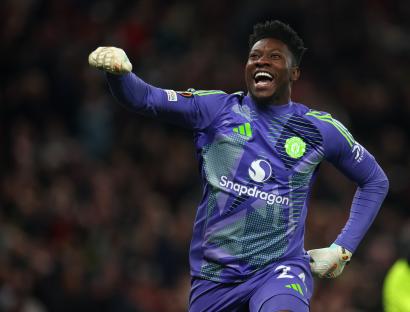RUGBY league is set to decide next year on whether to operate under new names in its new era.
It will also look to make Capital by finally getting a foothold in London.
Changing the titles of league competitions is one of strategic partner IMG’s biggest ideas as it ‘re-imagines’ the 13-a-side code on this side of the world.
Now Matt Dwyer – the man who put the plan which will see clubs graded, with those achieving A guaranteed a top flight place from 2025, together – has revealed when the proposals on name changes will be made.
He said: “It’s probably the largest piece of work, it’s also the longer one. Our timeframe with that will be the second half of 2023.
“It is about an 18-month project to go through and do all the research required.
“We know quite well what the existing fanbase wants but the real key group we are trying to understand is who are our potential new fans and what do we need to do to attract those.
“It is a big piece of work, it is much more than just saying, ‘We are going to call it this and change the colours and off we go.’”;
Club rugby league has been played in London for more than 40 years and the England World Cup contained Bromley’s Kai Pearce-Paul and Hampshire’s Mike McMeeken.
Several other southerners have made Test level but its two sides – Broncos and Skolars – flounder in the Championship and League One.
However, a crowd of more than 40,000 at Arsenal’s Emirates Stadium for England’s semi-final loss to Samoa and the number of players in that area prove interest is there.
Now to make it much bigger in a ‘sleeping giant’ – starting with a decent club at the highest level and if demand means getting rid of the Capital from their names, so be it.
Dwyer added: “From the semi-final, that was a good crowd and there was a lot of interest.
“We’re at a point now where it’s about what’s going to be the right club structure for London. It’s going to be a focus going forward.
“Participation and interest is very positive but we’re going to need a club that’s competitive.
“If it comes to the point of deciding club titles, that’s when we’d do market research. But it comes down to who’s our fanbase? What do they want? How do we resonate with that fanbase?
“From a decision-making process, it would be, ‘What’s the market telling us how it should be?’
“For us, the next step is revisiting the past. London hasn’t worked out how people would have liked and what could we learn from that.
“The thing that surprised us is when we looked at the data, you took the names off the cities and looked at participation, interest and a few other metrics, London was at the top.
“I don’t think anyone would have guessed that. We’re all sitting there thinking, ‘There’s a sleeping giant here.’
“We’re not saying London for the sake of it because it’s London. We’re saying it because there’s a future here and what we’ve seen suggests it.
“We don’t have a question mark over London, so there’s a real focus to understand why it hasn’t worked before.
“It’s a long-term project, we’re not going to be able to click our fingers and 20,000 will turn up to watch the Broncos. But it’s got the right foundations.”;




